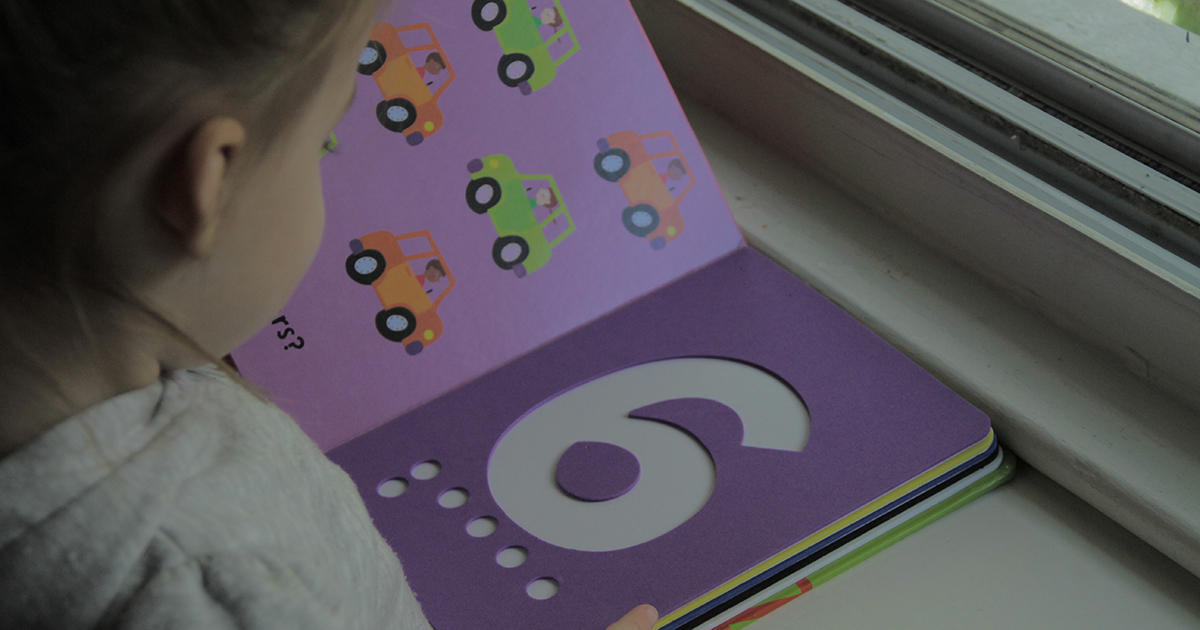Counting on Early Math Skills
Preliminary Kindergarten Impacts of the Making Pre-K Count and High 5s Programs

Early math ability is one of the best predictors of children’s math and reading skills into late elementary school. Children with stronger math proficiency in elementary school, in turn, are more likely to graduate from high school and attend college. However, early math skills have not historically been a major focus of instruction in preschool and kindergarten classrooms.
The Making Pre-K Count and High 5s studies test two math programs to examine whether it is possible to improve children’s early math abilities, and whether improvements in this “linchpin” outcome lead to impacts on children’s other short- and longer-term outcomes. The current analysis examines the cumulative effects of both programs on children’s math, language, and executive function skills in kindergarten. The Making Pre-K Count program entailed a comprehensive redesign of both the content and teaching of math in the prekindergarten (pre-K) classroom, and the High 5s program provided a second year of math enrichment for a subgroup of children who received Making Pre-K Count in preschool. High 5s was designed to build on children’s pre-K experience using small-group math clubs — in which a trained facilitator works with three to four children on fun math activities three times a week outside the classroom — to supplement regular kindergarten instruction.
These studies were designed as part of the Robin Hood Early Childhood Research Initiative, which was established to identify and rigorously test promising early childhood interventions. The initiative is a partnership between Robin Hood, one of New York City’s leading antipoverty organizations, and MDRC, a nonprofit, nonpartisan education and social policy research organization. Making Pre-K Count and High 5s, conducted in collaboration with Bank Street College of Education and RTI International, are also supported with lead funding from the Heising-Simons Foundation, the Overdeck Family Foundation, and the Richard W. Goldman Family Foundation. MDRC consulted with the Division of Early Childhood Education at the New York City Department of Education (DOE) and the Administration for Children’s Services’ Division of Child Care and Head Start throughout the study.
This brief provides a preliminary glimpse at the impacts on child outcomes in the kindergarten year and represents the effects of Making Pre-K Count in pre-K, High 5s in kindergarten, or the combination of the two. The general pattern of findings is positive, with statistically significant impacts (or program effects that were in all likelihood not a result of chance) on three out of six measures assessing four child outcome domains: math, math attitudes, language, and executive function. Future reports will examine the separate effects of the two programs on children’s outcomes through third grade, and will investigate how these results do or do not align with previous findings from this study and other studies of early math enrichment for children.







